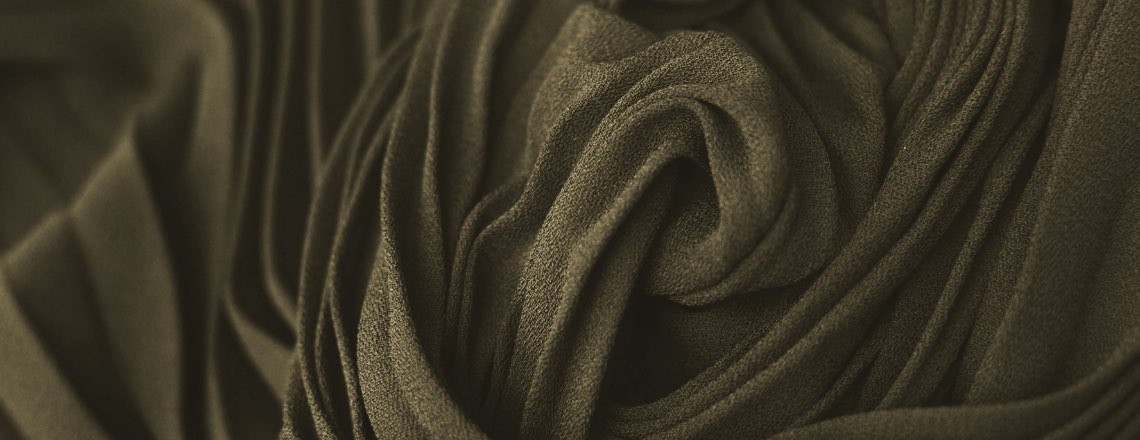The sun can be a powerful ally in the treatment of many diseases (since many hormones and vitamins need sunlight), but in recent years the sun and more specifically our careless stay under the sun, can cause many skin problems. One of them is the famous photoaging. We met the dermatologist Hatzigiannaki Efstratios and talked to him in order to understand what is photoaging, what it does to the skin, how to protect ourselves and what are the first signs that should worry us.
Photoaging has increased in recent decades due to the change in our lifestyle and the damage it causes is a result of our cumulative exposure to the sun.
Before 1920, it was strange for middle and upper class people to want tanned skin, because only workers were tanned by the sun. Later, Coco Chanel launched the fashion of the completely white dress, which stands out with a bronze tan. Tanning then meant that the person could afford to rest in the sun while the workers worked in the factories. Today people have more free time, which usually means more time out in the sun.
When does it start; Generally, in the late 20’s and early 30’s, the first signs of photoaging (slight destruction) appear.
Cause; Ultraviolet radiation UVA, UVB. The photo-destructive effects of sunlight on the skin are affected by: intensity, duration of sun exposure and frequency of exposure. UVB penetrates us all year round, releases a lot of energy in the surface layers of the skin and is the one that causes burns and pigmentation. UVA releases less energy but penetrates deeper into the subcutaneous fat. It is responsible for long-term destructive effects on the skin.
The signs of photoaging
- Roughness The skin becomes dry and rough due to the destruction of the hydrolipid film and the thickening of the stratum corneum.
- Wrinkles Wrinkles are created due to the loss of collagen and elastin in the skin and increase with the dehydration of the skin.
- Relaxation This is because the skin does not have enough elasticity to cope with the effects of gravity and thus relaxes.
- Pale skin The blood vessels of the skin are destroyed and reduced. In fact, the skin is deficient in blood vessels.
- Discoloration They appear as more intense skin discoloration in some areas and can also occur in people with dark skin.
- Solar Eaters In cases of chronic severe sun damage, large “black spots” appear on the most oily areas of the face, such as the nose and forehead.
- Solar (Radial) Hyperkeratosis Sun marks are caused by the destruction of the DNA of irradiated cells, which then develop as hyperkeratosis or skin cancer.
- ELASTOSIS Also known as “goosebumps”, “turkey neck”. It is observed in the neck and chest area. It appears that the elastic fibers break due to exposure to UV rays and when they break sharply, they disperse to form solid masses. This solar catastrophe is permanent and there is very little we can do to cure it.
What can we do;
Once the skin has undergone photoaging, simple treatment with products for home use is not enough. They must follow intensive – special treatments that can be performed by specialized doctors only.
Home care should be done with specialized cosmetics that will contain substances such as Hyaluronic acid, vitamins A, E, C and other antioxidants such as coenzyme Q10, linoleic acid, etc., in concentrations to be determined by a specialized dermatologist.
The doctor has to choose between treatments with:
- Peeling: Chemical peeling with substances AHA, BHA, TCA etc.
- Mesotherapy with antioxidants and hyaluronic acid
- Microdermabrasion
- PDO Threads
- LASER
